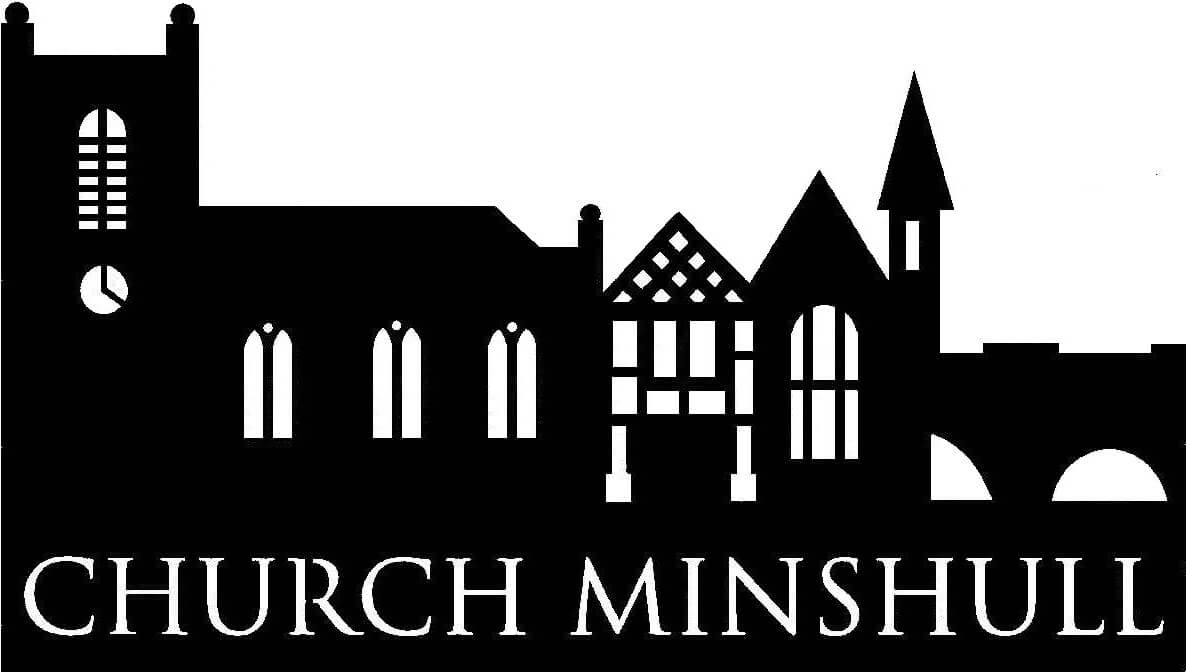St Bart's Tercentenary
by John Headon
This year (2017) St Bartholomew's Church is celebrating it's tercentenary, which means the building is 300 years old. This is the third and current building on the site, the first being a wooden chapel and the second a Tudor, black and white church, of 1541.
Why this year when the church tower boldly dispays the date 1702 is interesting?
The Tudor church was badly damaged in a storm in 1667, which removed over 3000 shingles from the roof. Repairs were clearly never properly done and the weather soon set rot into the timbers and by the end of the century the church was so dangerous that services were held outside if it was windy. The tower and the lych-gate were the most dangerous, as both could kill someone if they collapsed, and it was these two features that were rebuilt and replaced first in 1702. That explains the date on the tower, either side of the clock, but the cost was a problem, the estimate being £1380.
Churchwardens, Edward Wade and John Holford under the vicar, John Farrington, obtained a 'brief to petition Queen Anne's Bounty'. Apart from Queen Anne being on the throne it had little to do with her. In those days the church was maintained by everyone paying tithes, the petition meant a collection was held in every church in England, for those who could afford it, to help pay for the new church and help out the 'poor people who lived in Church Minshull'. Responses were varied, St Oswald's in Chester giving £1 18 shillings and Clent in Staffordshire, 3 shillings and 2 pence. To rebuild the remainder of the church, a second petition to Queen Anne's Bounty was made and so the nave was added and five bells finally purchased in 1717. The building was not painted until 1720 and later additions have been added like the clock in 1722, but services had begun in the church in 1717, hence our chosen tercentenary date. The final cost was also £2643, so it just goes to show you couldn't trust an estimate even in the 1700s.
One point worthy of note is that the lych-gate was replaced with the stone gate posts still in place today, the ironwork being a later addition. Lych-gates were a small roofed construction, usually with a seat below and a large shelf in the eaves. Often, the night before a funeral, the coffin was placed on the shelf, but as the first part of the funeral was held outside, this was also a place to shelter and wait for the vicar to turn up. Lych is Old English for corpse. The fact that a new one was not built here, suggests the practices at St Bartholomew's had already moved on.
Quick Links
Get In Touch
VillageArena is powered by our active community.
Please send us your news and views using the button below:


